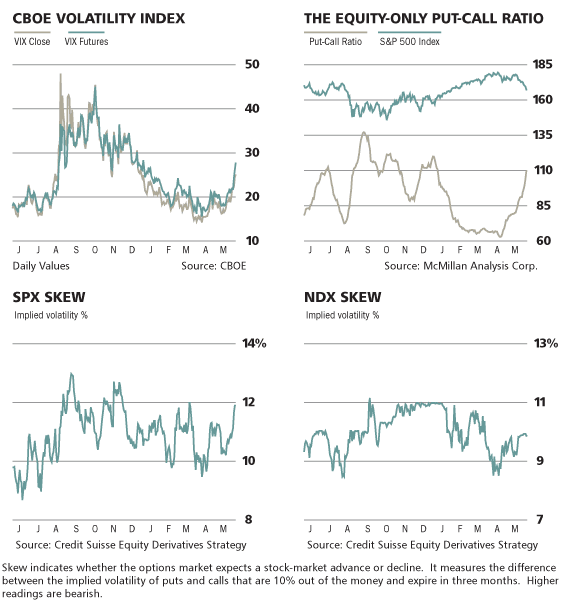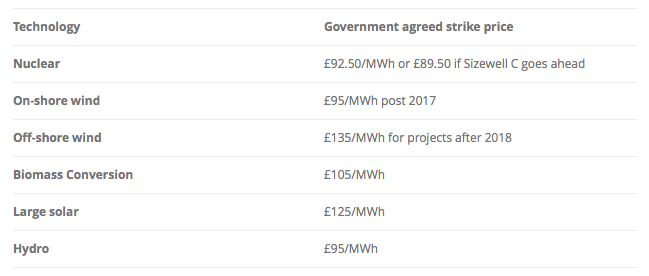VIX Looks Lifeless but It Still Works! The Striking Price Steven
Post on: 26 Апрель, 2015 No Comment

A primer on the finer points of using the VIX volatility index to forecast stock market movement.
LONG BEFORE OPTIONS TRADING entered the mainstream, the Chicago Board Options Exchange’s Market Volatility Index, or VIX, was widely cited for its ability to telegraph how sophisticated traders thought the stock market would behave over 30 days.
With the VIX stuck for much of this year near 14-year lows, Credit-Suisse’s strategists decide to a run a test to see if the VIX can still accurately signal market direction.
By converting the VIX into an oscillator, Credit-Suisse determined that the VIX is actually able to forecast the stock market’s direction. Among the reports’ findings, low VIX signals achieved a 57% correct batting average, while high VIXs called the market correctly 63% of the time.
The VIX, which was recently down about 2% at 10.08, is based on the implied volatility of Standard & Poor’s 500 Index options.
We backtested whether the VIX actually does forecast market direction, and it actually does; it works, which is surprising, said Stephen Chadwick, the head of the firm’s quantitative trading and derivatives strategy group.
After determining VIX’s 186-day moving average, the firm divided that number into the VIX’s current level, and determined VIX has about a 10% predictive power over the Standard & Poor’s 500 Index’s five-month return.

In the current session, VIX is 21% below its 186-day moving average, which the firm interprets as a sign that traders and portfolio managers should exercise extreme caution.
Indeed, with the VIX at all-time lows, many contrarian traders are a bit cagey about the market’s future direction at a time when the Dow Jones Industrial Average remains at record high territory. These traders reflexively like to buy fear, and sell confidence, and with the VIX at such low-levels it would seem to suggest the market is poised to decline. But rather than wondering about the market’s trajectory, Chadwick said the message in the VIX is that the chance of a sharp rally is not high, but the chance of a sharp sell off is possible.
Volatility, of course, is a key determinant of options prices. When volatility is low, it means options prices are generally low. So rather than selling stock when VIX is low, Chadwick said it may be better to buy defensive puts.
It’s kind of a no-brainer. You have a situation where the indicator is saying the market may not do anything or sell off, but it’s also saying volatility is really cheap. Why not take advantage of that to cover your assets? Chadwick said.














